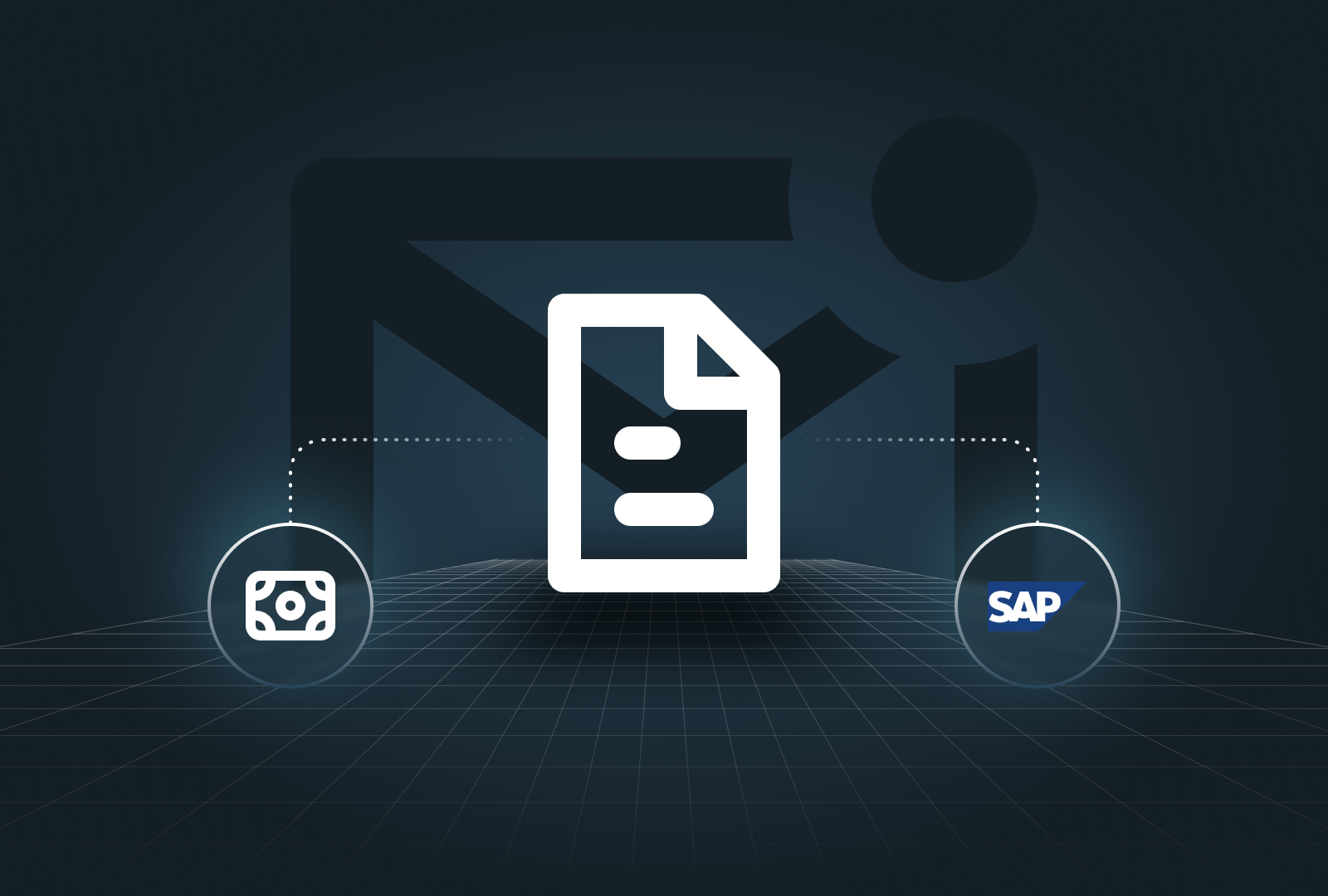Cash flow forecasting involves estimating the cash that will flow in and out of a business over a specified period. This forecast is critical for managing a company's liquidity, enabling financial planning, and ensuring that the business can meet its financial obligations while strategically investing in growth opportunities. Follow us as we explore the key aspects of cash flow forecasting and strategies for creating accurate projections.
Why cash flow forecasting is essential
Cash flow forecasting plays an essential role in maintaining the financial health of a business. Here are the key reasons why :
1. Treasury management: cash flow forecasting ensures that a business has enough cash on hand to cover immediate and short-term obligations, such as payroll, supplier payments, and operational expenses.
2. Avoiding cash shortages: predicting cash flow helps companies identify potential periods of negative cash flow in advance, allowing them to take proactive measures, such as securing financing or delaying payment to avoid disruptions.
3. Supporting strategic growth: with accurate cash flow forecasts, businesses can plan for future investments, whether for expanding operations, acquiring assets, or entering new markets, assuring that adequate funds are available when needed.
4. Informed decision-making: cash flow forecasts provide a clear view of a company’s financial health, aiding in decisions related to debt management, capital expenditures, and investment strategies. This insight is crucial for both day-to-day operations and long-term planning.
The different types of cash flow forecasts
Cash flow forecasts can be categorized based on the time horizon they cover, each serving different business needs.
Short-term forecasts
These forecasts, covering a few weeks to a month, focus on immediate cash needs, such as daily or weekly liquidity management. They are particularly useful for ensuring that a business can meet its immediate financial obligations without interruptions.
Medium-term forecasts
Medium-term projections, covering two to six months, are instrumental for quarterly financial planning. They help in managing liquidity, planning for debt payments, and ensuring that key financial obligations are met on time.
Long-term projections
Long-term forecasts, covering periods of six months to a year or more, are essential for strategic planning. They are used for budgeting, capital investment planning, and assessing the financial feasibility of long-term projects. However, the accuracy of these forecasts tends to decrease as the time horizon extends.
Mixed-period forecasts
Mixed-period forecasts combine elements of short, medium, and long-term forecasting. For example, a business might use daily forecasts for the first month, weekly forecasts for the next three months, and monthly forecasts thereafter. This approach provides detailed visibility in the short term while maintaining a broader view for long-term planning.
The 6 steps to create a cash flow forecast
Creating a cash flow forecast involves several steps, each crucial for ensuring its accuracy and usefulness.
1. Define your forecasting objectives
The first step in creating a cash flow forecast is to determine its primary objective. Common objectives include :
- Short-term liquidity planning : ensuring sufficient cash is available to meet daily or weekly obligations.
- Debt and interest management: planning for regular debt repayments and interest obligations.
- Growth and investment planning : assuring that the business has the necessary funds to invest in new opportunities or expansion.
- Risk Management : identifying potential liquidity risks and planning contingencies to mitigate these risks.
2. Choose the appropriate time horizon
The accuracy of a cash flow forecast depends on the selected time horizon. Short-term forecasts are generally more accurate but less comprehensive, while long-term projections provide a broader view but with less precision.
Businesses must choose a time horizon that aligns with their objectives and the availability of accurate data :
- Short-term (Daily/Weekly) is best for immediate liquidity needs.
- Medium-term (Monthly/Quarterly) is suitable for managing quarterly financial goals and obligations.
- Long-term (Annually) is ideal for strategic planning and budgeting.
3. Select a forecasting method
There are two primary methods of cash flow forecasting: direct and indirect :
- Direct forecasting : this method uses actual cash flow data from bank accounts, accounts receivable, and accounts payable to predict future cash movements. It is highly accurate for short-term forecasting but becomes less reliable for long-term predictions.
- Indirect forecasting : indirect forecasting relies on projected income statements and balance sheets. It is useful for long-term forecasting and budgeting but is less accurate in the short term because it is based on estimates rather than actual cash flow data.
4. Gather and analyze data
Accurate cash flow forecasting requires comprehensive data collection from various sources within the company :
- Opening cash balance : start with the most recent and accurate cash balance available.
- Cash inflows: include all expected cash receipts, such as sales revenue, loan proceeds, and other income streams. For accuracy, consider historical sales data, seasonality, and economic conditions.
- Cash outflows: account for all expected expenses, including operating costs, payroll, debt repayments, and capital expenditures, ensuring that all payments are tracked effectively. Consider both fixed and variable costs, as well as any one-time expenses.
This data must be meticulously gathered and analyzed by the finance team to guarantee the precision of the forecast.
5. Compile the forecast
Once the data is gathered, compile the forecast by :
- Listing the opening cash balance.
- Adding all anticipated cash inflows for the period.
- Subtracting all expected cash outflows.
The resulting projection is the closing net cash balance, which will serve as the opening balance for the next period.
Use tools such as spreadsheets or specialized cash reporting software to organize this information. For larger companies, automation tools are a must to significantly reduce the manual effort involved in compiling and maintaining forecasts.
6. Regularly review and adjust
Cash flow forecasting is not a one-time exercise. Regularly compare your forecasted cash flows with actual results to identify variances. Understanding these differences will help refine future projections, making them more reliable. This ongoing process of review and adjustment is essential for maintaining the relevance of your cash flow projection.
Overcoming common treasury challenges in cash flow forecasting
For cash flow forecasting to be effective, it must be accurate. However, achieving accuracy can be challenging, primarily due to two key factors:
- Inconsistent or inaccurate data sources ;
- The time-consuming and complex nature of the process.
These challenges often stem from two underlying issues: reliance on manual processes and a lack of stakeholder collaboration. To overcome these obstacles, companies can implement the following strategies.
1. Inconsistency of data sources and inaccuracies
One of the primary hurdles in cash flow forecasting is the inconsistency and inaccuracies of data sources. Manual processing and the lack of stakeholder involvement across departments (finance, sales, procurement, and operations) often result in fragmented data that is not always up-to-date or accurate.
Automating the data collection process can significantly improve data consistency. By using advanced software solutions like ERP systems, businesses can integrate multiple data streams into a centralized platform, ensuring that all relevant financial information is captured in real-time. This consolidation provides a clearer, more accurate view of the company’s financial health, enabling more reliable cash flow forecasts.
2. Time-consuming and complex
Manual processes not only slow down cash flow forecasting but also limit its effectiveness and potential. Traditional spreadsheets are error-prone and often don’t scale well with growing businesses, especially as cash flow projections become more complex. Managing multiple data sources and integrating them into a single, coherent forecast becomes difficult and time-consuming without the right tools.
Implementing advanced forecasting tools, such as cash flow management software, can streamline the process. These tools integrate seamlessly with existing financial systems, automating complex tasks like reconciliation, variance analysis, and scenario planning. Additionally, they enable businesses to model different scenarios (e.g., best-case, worst-case) quickly, which is especially crucial in volatile economic environments.
Leveraging cash reporting software
Cash reporting software is an invaluable tool for businesses looking to streamline their treasury and cash flow forecasting process. These tools automate data collection, reduce the risk of manual errors, and provide real-time analytics that enhance the accuracy of forecasts.
Features such as integration with ERP systems, real-time data updates, and advanced reporting capabilities allow businesses to manage their cash flow more effectively and make informed financial decisions quickly. Effective finance management is essential for ensuring that these tools are used to their full potential.
Payflows provides businesses with an all-in-one solution to overcome the challenges in cash flow forecasting and take control of their cash flow :
- Automated previsions: gain instant visibility with automatically generated forecasts based on your upcoming spend and income, ensuring you always know where your cash is headed.
- Real-time reconciliation: keep your forecasts accurate and up to date with automatic reconciliation, reducing the risk of errors from manual inputs.
- Smart alerts and fund management: anticipate potential liquidity traps with smart alerts, and effortlessly move funds between accounts to cover shortfalls or maximize interest earnings.
Don’t let liquidity surprises disrupt your plans. Explore how Payflows can help you stay ahead.
Cash flow forecasting is a critical practice for any company aiming to maintain financial stability and support long-term growth. By understanding the different types of forecasts, following a structured process, and leveraging technology, businesses are well-prepared to navigate future financial challenges and seize opportunities for expansion.







.png)




.png)



